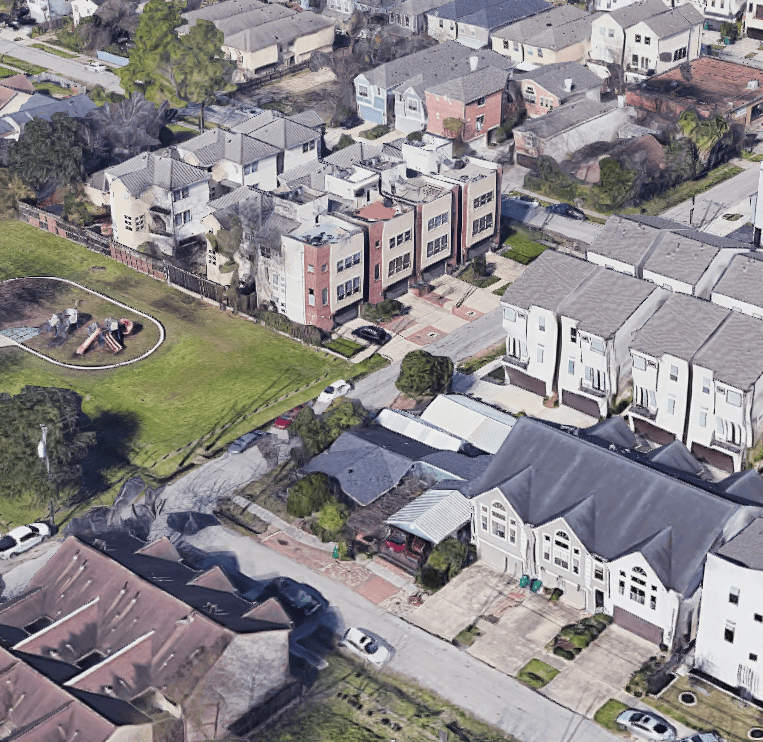
The new executive order on designing federal buildings is a good, logical extension of the GSA's longstanding role in making choices about how government should physically build. The criticisms seem to mainly be about anti-Trump mood affiliation.
bloomberg.com/news/articles/…
bloomberg.com/news/articles/…
First of all, buildings don't just arrive randomly. Somebody has to make choices. Exactly zero (0) people on Twitter were bothered by this before the current administration slightly tweaked that process.
Second, there's an internal contradiction between the claims that "architecture is an important form of artistic expression that communicates our values" and "the Federal gov't shouldn't have a preferred style".
You can debate the preferred style, but instead most critics (including, logically, the AIA) are basically saying, "rando architects, not the government, should decide what values public buildings communicate." That's wrong & not at all progressive or public-minded.
It's also illogical (except for the AIA) for progressives or liberals to protect the prerogative of architects to use public buildings for experimental art! That's an extremely elitist view and denigrates the experience of those who work or seek justice in these buildings.
In case anybody thinks there are really trenchant critiques of the executive order out there that I'm not linking to, check out this thread
https://twitter.com/salimfurth/status/1341447526508081157
Unlike Yonah, I didn't find the (February) NYTimes editorial especially convincing, especially since it only engages a silly, straw-man version of the ideas that eventually became the EO.
https://twitter.com/yfreemark/status/1226554861334016002
• • •
Missing some Tweet in this thread? You can try to
force a refresh




